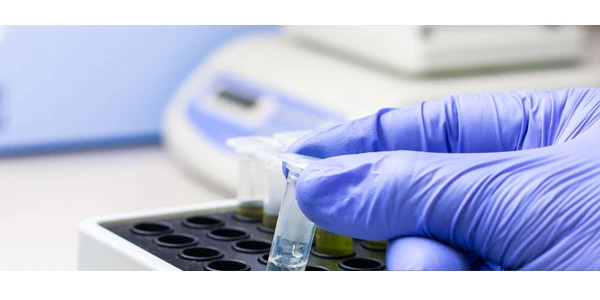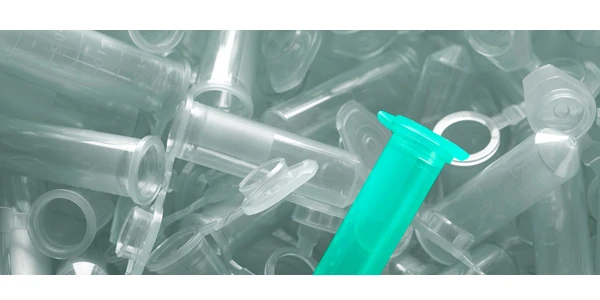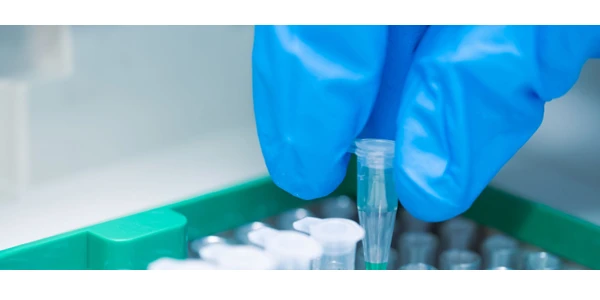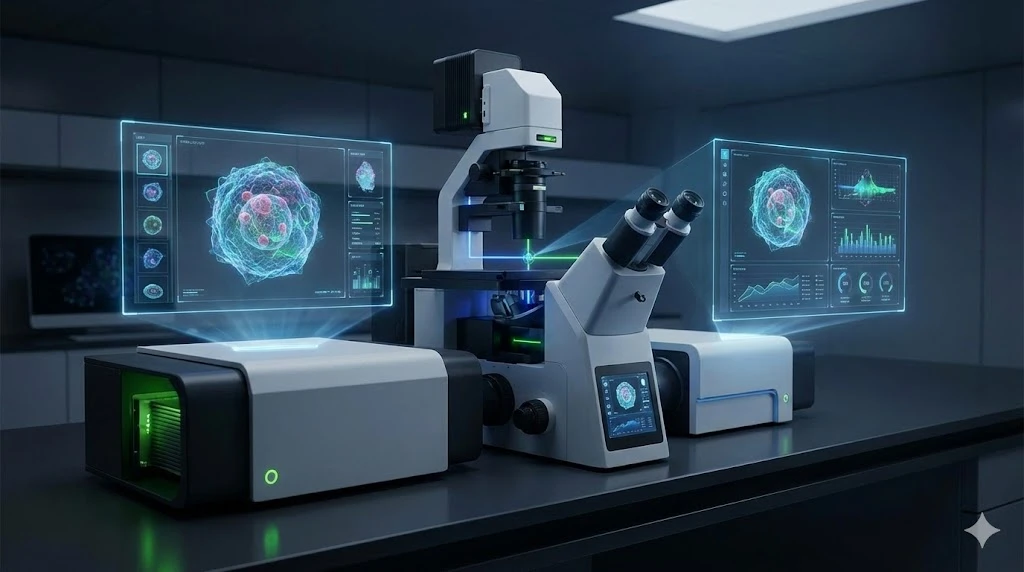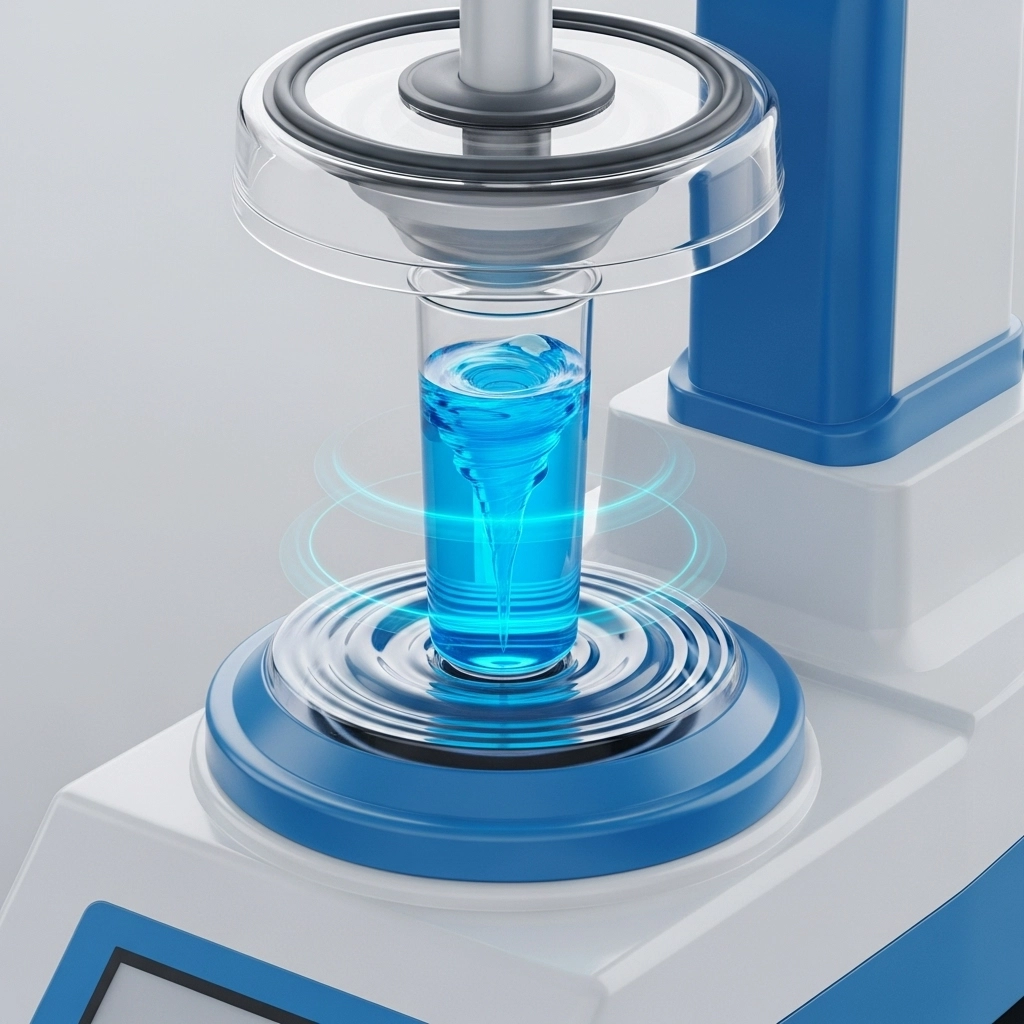
ImageFX (2025)
In any laboratory, precise and efficient sample mixing is critical. Whether you're suspending cells, dissolving solutes, or preparing reagents, a reliable mixer ensures reproducibility and consistency. Enter the vortex mixer: a compact, powerful tool designed to streamline sample preparation by delivering consistent, high-speed mixing with minimal effort. This guide will break down everything you need to know about vortex mixers—their benefits, configurations, and what to consider before buying.
Benefits of Using a Vortex Mixer in the Lab
Unmatched Consistency in Mixing
Vortex mixers offer a level of mixing consistency that manual methods simply can't match. Manual flicking or tapping can introduce variation in results, but vortex mixers:
Control mixing speed and acceleration precisely
Offer repeatable mixing times for reproducibility
Ensure minimal variation between samples
This control is particularly valuable in experiments requiring high accuracy, such as molecular biology or analytical chemistry.
Wide Speed Range for Diverse Applications
Different sample types call for different mixing intensities. Vortex mixers provide adjustable speed ranges, typically between 100 and 3,200 RPM. Key speed control options include:
| Mode | Description |
|---|---|
| Touch-activated | Mixes only when pressure is applied |
| Continuous | Always-on mixing mode |
| Variable speed | Adjustable RPM to suit sample needs |
From gently suspending cells to aggressively dissolving solids, you can fine-tune your settings to match your protocols.
Choosing the Right Vortex Mixer Head
Versatile Mixing Heads for Single or Batch Samples
The true power of a vortex mixer lies in its adaptability. Mixers come with interchangeable heads for different tube formats and batch sizes:
Rubber cup head: Ideal for single test tubes
Textured disc head: Supports various tube shapes
Plate holders: Accommodate microtiter or tissue culture plates
Tube racks: Hold multiple micro or culture tubes simultaneously
Many models also support temperature control accessories, helping maintain thermal stability during sensitive experiments. Most heads snap on and off easily, minimizing downtime between configurations.
Should You Buy New or Used?
New vs. Refurbished Vortex Mixers: Pros and Cons
While used vortex mixers can be a budget-friendly option, they come with potential drawbacks. Here's a comparison:
| Feature | New Mixer | Used Mixer |
| Performance | Peak, guaranteed | May vary based on wear |
| Cost | Higher upfront | Lower upfront |
| Risk of worn components | None | High (rubber fittings, motors) |
| Warranty/Support | Typically included | Often unavailable |
Even though mixers have few moving parts, components like worn rubber couplings can compromise performance. With modern models priced affordably, investing in new is often the more reliable choice.
Spotlight: Vortex Genie Product Line Comparison
Scientific Industries’ Vortex Genie mixers are among the most trusted on the market. Here’s how the main models stack up:
| Model | Speed Control | Operation Modes | Special Features | Ideal For |
| Genie 1 | Fixed high speed | Touch only | Low cost, durable | Basic, single-sample mixing |
| Genie 2 | Variable (low-high) | Touch / Continuous / Off | Swappable heads, versatile speed | General lab use with adaptability |
| Genie 2T | Digital timer + speed | Same as Genie 2 | Timer-controlled mixing | Timed protocols, precision tasks |
These models are robust and reliable, offering everything from basic functionality to enhanced programmability.
Final Thoughts on How to Upgrade Your Workflow with a Vortex Mixer
Whether you're in research, diagnostics, or industrial labs, a vortex mixer is a game-changer for daily operations. Its consistency, flexibility, and adaptability help ensure accurate, reproducible results every time. Ready to modernize your lab with the right mixing tool?
Explore top new and used vortex mixers now on LabX.
FAQ: Vortex Mixers for Lab Professionals
1. What is the main purpose of a vortex mixer?
A vortex mixer is used to mix small vials of liquid rapidly, ensuring uniform suspension or dissolution of contents.
2. Can a vortex mixer be used for cell suspensions?
Yes, with the right speed setting and mixing head, vortex mixers are effective for suspending cells without damaging them.
3. What should I consider when buying a used vortex mixer?
Check for worn rubber fittings, noisy motors, or damaged heads. If possible, verify that all speed settings and modes function correctly.
4. Is the Vortex Genie 2 better than the Genie 1?
The Genie 2 is more versatile with variable speed and multiple operation modes, while Genie 1 is better for simple, high-speed mixing tasks.



